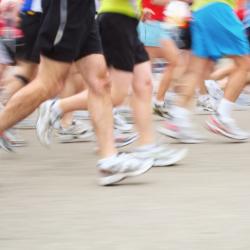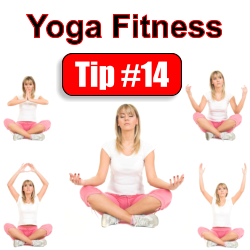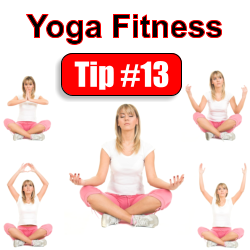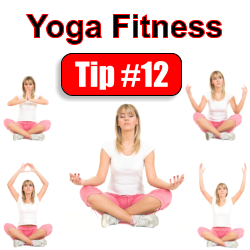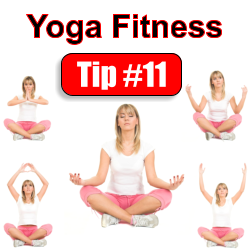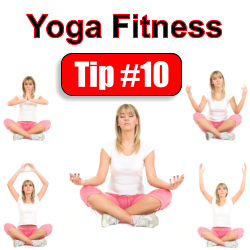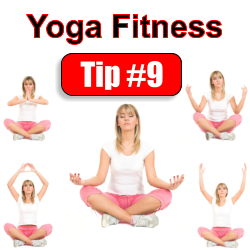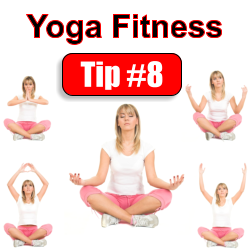5 Reasons Why Weight Loss Is Hard To Achieve
Weight loss is a simple concept that a lot of people are having a hard time achieving. It seems to be quite simple, exercise + proper nutrition = weight loss right? Well, it is that simple in a nutshell but a lot of people get lost on the proper execution of it. Having the right ingredients and a cookbook does not guarantee a fine meal; does it?
Here are a few things why we have been having a hard time reaching that ideal weight that we are aiming for and below that, some weight loss tips you can use any season of the year.
Weight Loss Struggle 1 – Impatience
A lot of diet and exercise programs before had long time tables but since a lot of people prefer a quick fix, many unsustainable diet fads and exercise programs have popped up. Many people tend to lose interest way before their bodies have adapted to the program and show any results. Being impatient never has benefited anybody when it comes to fitness. The winning formula remains to be perseverance and hard work. Working out and sweating for a week will not get rid of the flab that you have put on for years. Have faith in your program and diet plan and you will see results in time.
Weight Loss Struggle 2 – Cheating
This goes to the exercise and diet too. When doing the exercise, do not cheat your way through your workout. Follow strict form and make sure that you follow your trainer on what to lift and how many repetitions you have to do. Do not say that “that’s too heavy” or “that’s too light”. You have a trainer for a reason so follow their advice. If you are one of the people who is able to afford a nutritionist, follow the programs that they have designed for you. Don’t have a hidden stack of chocolate or secretly buy ice cream or cake on your way home. You are not cheating anybody but yourself.
Weight Loss Struggle 3 – Lifestyle
Losing weight is not a quick fix. It often requires an overhaul of ones lifestyle. Losing weight requires changing a few of you routines and that includes what you buy and bring home to the house. It also involves limiting some of your normal daily activities like watching T.V. and how much time you spend online. The reason people in the old days are a lot more fit than most of us now is because they did not spend every waking hours in the house watching T.V. and chatting online.
Weight Loss Struggle 4 – Target Weight
Make sure that you set an achievable goal so that you can actually get to it. Please don’t aim to lose 5 lbs. in a week because you will just be breaking your heart. An achievable goal is like 10 lbs in 2 months. That can still be hard for some and depends entirely on your dedication to the goal but this is where your personal trainer can be of help because a reasonable goal depends on many things like eating habits, genetics, how hard your workout programs is and more so a clear communication with your trainer is key not only in setting the target weight but on how to achieve it.
Weight Loss Struggle 5 – No Support System
Losing weight is kind of like recovering from an addiction in many ways. You also will need a strong support system because it simply cannot be done alone. Your family and/or friend can provide you the emotional support that you will need and your trainer will provide the push that you will inevitably need when you get to the point that you are getting tired and thinks that you cannot go on.
Weight Loss Tips For the Summer, Winter, Fall and Spring
Losing weight can be quite an ordeal but the summer is one of the few reasons that can really push someone to lose weight. Many want to go to the beach and have a beach worthy body, some just wants to fit in to that bikini but whatever it is the reason, losing weight still has the same formula for success.
Choose a Proper Nutrition Plan
Notice I said nutrition instead of diet? Because nowadays, it seems that the definition of the word diet is closer to “starving” than an actual diet. You do not have to avoid food. You just have to take in the proper nutrients in the proper proportions. Do not completely cut out carbohydrates in your diet because that will put your body into survival mode and actually try to reserve as much as it can and therefore produce “stored” energy a.k.a fats. The old pattern of eating smaller meals more often is still a great way to go as long as you get enough nutrients in a day. You can cut back on carbs and calories but not complete taking them out of your diet.
Get More Sleep
It sounds counter-productive but sleep actually helps you lose fat. People who do not get enough sleep generally eat more to try and boost themselves. Most will turn to caffeine and sugar for that boost of energy. But regular intake of simple sugar will cause more fat. Making sure that you get 6 to 8 hours of sleep allows your body to recover from your day and when you wake up, you will feel energized naturally.
Do Cardio Exercises
You burn calories a lot faster if you include cardio in your workout routine. It depends on you what cardio you want to do but make sure that you do it properly. Also, if you are really serious on losing weight, you can do pure cardio on the days that you are not lifting weights. Make sure that you keep yourself hydrated though because the body needs water to turn fat into actual energy. Plus you don’t want to be hydrated and just collapse on the treadmill now do you?
Eat Slowly And Chew Your Food Properly
When you chew your food properly, the better it will be digested and processed by your body. This makes sure that all of the nutrients of what you are eating actually end up in the body and not the toilet. If you eat fast and don’t chew that much, big chunks of food end up in your digestive track and the harder it is for your body to digest them and most end up being wasted. Eating slow also allows your body to react properly and let you know that you are already full. Most of the time, when you eat fast, you don’t realize that you are already full fast enough so you end up eating more. The point is, give your body time to communicate with you.
Don’t Force Through Your Workout
Lifting too heavy weights when working out will not make you lose weight. As a matter of fact, you might even gain weight if you keep doing that. Muscle tissues are heavier than fat so you might have lost a lot of fat but gained muscle so for the scale, mass is mass. You might even gain instead of lose if you go all Arnold on the weights.
Stay Active
This is the simplest advice that you can get when it comes to getting that beach body. It’s simple enough that anybody gets it but effective enough to bring anybody results. It does not matter that much what you do as long as it gets you moving. Walk the dog more often, trust me even the dog will like this. Do some power-walking in the morning. Anything as long as it gets the blood pumping, do it more often.

